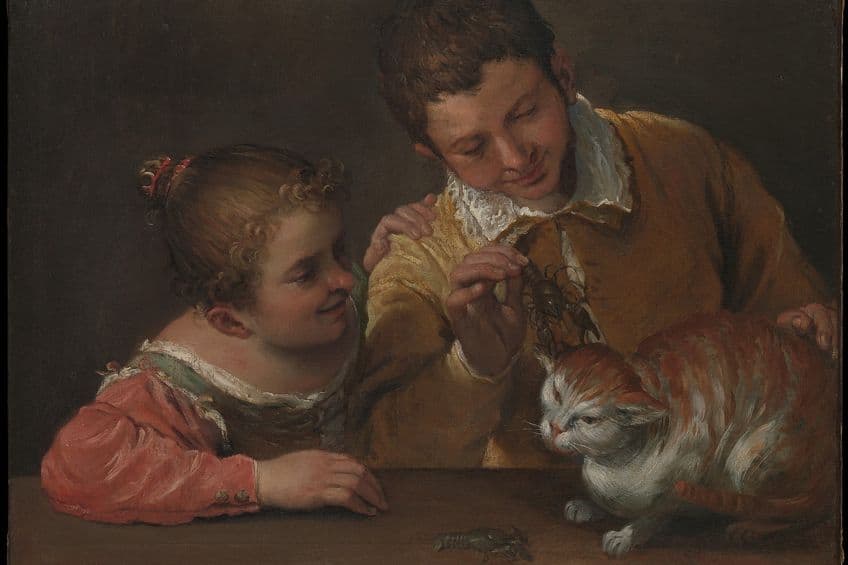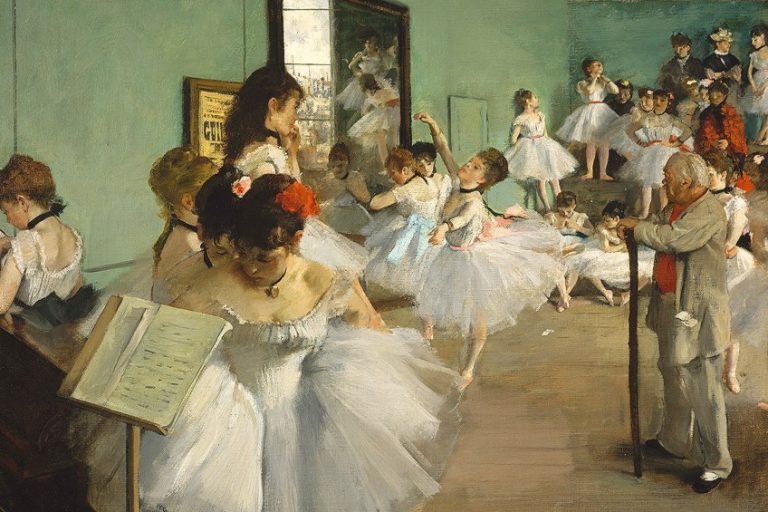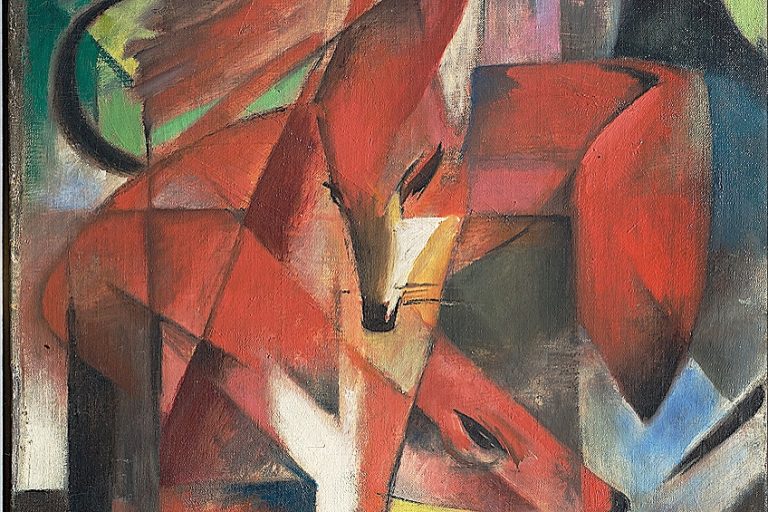Medieval Cat Paintings – Famous Renaissance Cat Paintings
Curiosity kills the cat, but cracks up the modern-day artist when it comes to reviewing some funny and interesting representations of cats in art history. In this article, we will introduce you to the most intriguing and peculiar medieval cat paintings that existed before the modern individual’s “age of reasoning”, which shed some light on the role of cats in Medieval art history.
Cats in Medieval Art History
You may have stumbled across the occasional meme page or Facebook post donning the background image of a funny-looking cat or what some may call a “badly drawn” image of a cat. Art is subjective and more often than not, artists are imperfect too. The Middle Ages are often associated with European civilizations that emerged after the collapse of the Roman Empire and lasted until the 15th century. This period can be understood as the trial-and-error period in art history where people were beginning to form an understanding of art as well as an appreciation of it outside of the realm of religious purposes.
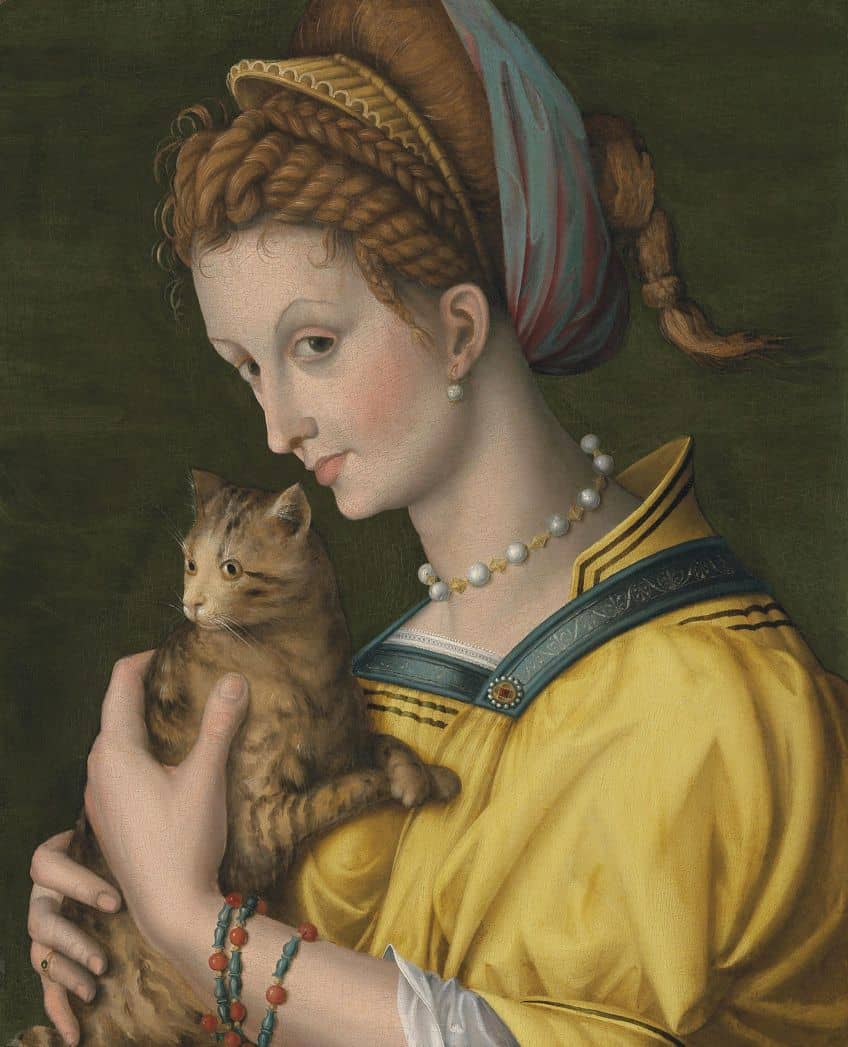
The Medieval era is also understood as the Dark Age, which was essentially a period where Europe experienced a loss of power. The Medieval period was also a time when hierarchy provided safety for the people and information was very much controlled. The function of pets in Medieval society was more related to serving a purpose rather than affection. Many people domesticated dogs for protection and to safeguard their homes while others domesticated cats for killing mice.
In the end, these furry creatures always won over the hearts of people and as such, attracted the attention of some of the era’s most interesting artists.
The Top 10 Most Famous Medieval Paintings of Cats
Cats were first domesticated in the Middle East more than 10,000 years ago and have since been the source of artistic exploration for many aspiring creatives. The Medieval period was an interesting era that produced some of the funniest-looking Medieval cat paintings one might ever encounter! Below, we have compiled a list of the top 10 most famous Medieval paintings of cats that will give you a glimpse into the world of the Medieval domestic cat.
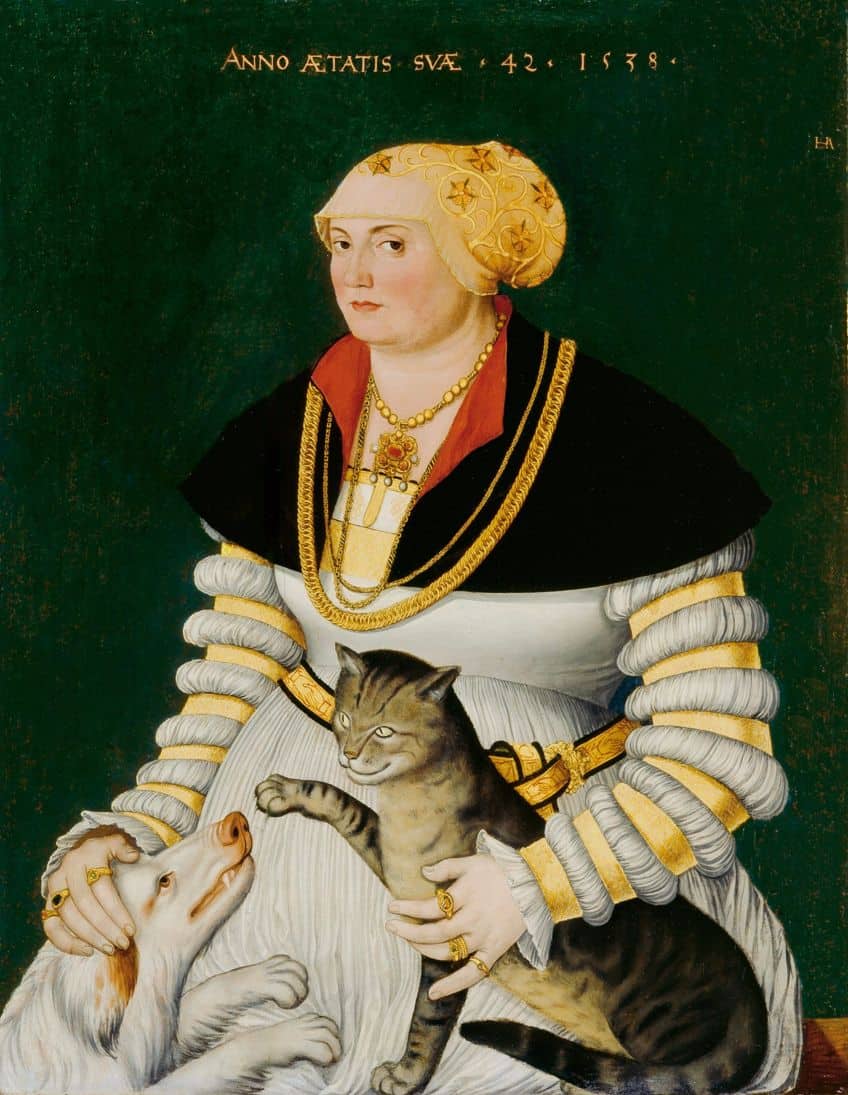
Cat from Book of Job (578 – 595 CE) by Gregory the Great
| Artist Name | Gregory the Great (Pope Gregory I or Saint Gregory the Great) (c. 540 – 604 CE) |
| Date | c. 578 – 595 CE |
| Medium | Manuscript |
| Dimensions (cm) | Unavailable |
| Where It Is Housed | Unavailable |
This intriguing scene of a dog biting a cat, which bites a mouse is featured in the introduction of a manuscript written by Pope Gregory I and also features in a commentary on the pope’s Book of Job. The medieval cat painting is believed to have been created between 578 and 595 CE and is said to have been a common thread among religious images and texts. Cats in Medieval Europe were almost always included in religious texts. Cats were also seen as companions for women according to a text called the Ancrene Riwle, which was a guide that stipulated that women in the early 13th century who isolated themselves were only allowed to have one animal companion – a cat.
Monks and nuns of the Middle Ages who often spent their time in solitude captured their loving life companions in various small cat paintings found in Medieval literature.
Cats and Mice Facing Off (c. 800 CE) in the Book of Kells
| Artist Name | Unknown |
| Date | c. 800 CE |
| Medium | Color pigments and gall ink on paper |
| Style | Insular style manuscript |
| Dimensions (cm) | Unavailable; 340 folios and 680 pages |
| Where It Is Housed | Trinity College Library, Dublin, Ireland |
This famous Irish Insular manuscript is one of the most famous sources of early Medieval cat paintings created by an unknown artist in various color pigments. The colors used were believed to have been imported from various countries while the book features classic iconographies and is one of the best examples of Western calligraphy as an art form. One of the cat scenes from the book features two cats having a face-off battle while surrounded by mice. This curious situation is not something one might come across every day and be perhaps inspired by a scene that the artist witnessed. The scene also speaks to the role of cats in Medieval times, as useful pets to catch pesky mice! Yet, this strange scene offers a battle of ego.
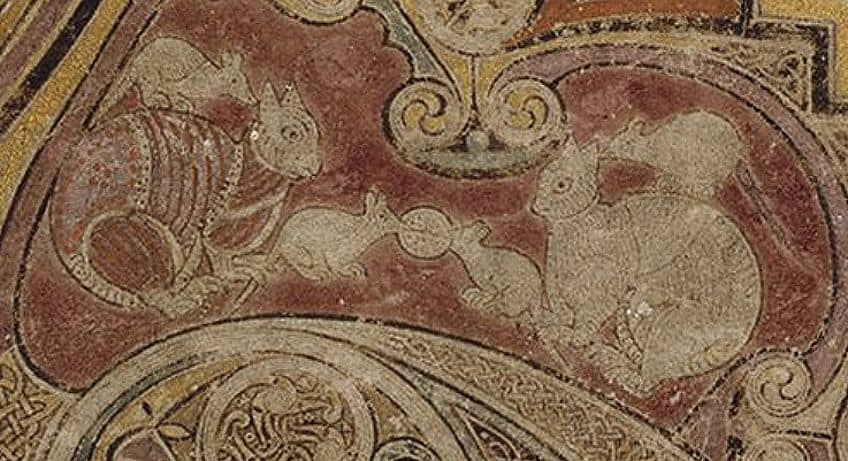
Cat and Dog (1392) in the Collection of Halakhical Works
| Artist Name | Unknown |
| Author(s) | Isaac of Corbeil, Moses of Zürich, and Solomon ibn Gabirol |
| Date | 1392 |
| Origin | France |
| Medium | Ink on paper |
| Style | Gothic |
| Language | Hebrew |
| Dimensions (cm) | 32.5 x 25.5 |
| Where It Is Housed | The British Library Digital Collections (Additional 18684) |
Featured in a Hebrew book from the British collection of Halakhical works, this cat and dog illustrated catchword is definitely reminiscent of the odd depiction of animals in Medieval art history. The simple illustrative nature of the painting shows a cat and dog flanking a tree trunk. The cat’s bored-looking eyes suggest it is quite comfortable in the company of its fellow canine companion, which is often not the case if one had to place a cat and dog in the same vicinity. The pair were either raised together or became acquainted through a moment of play with the tree trunk.
Either way, the cat has better things to do than stir a fight!
Reynard and Tilbert the Cat (14th Century) in Le Roman de Renart
| Artist Name | Unknown |
| Author | Pierre de Saint Cloud, Richard of Lison, et. al |
| Date | c. 14th Century |
| Origin | England or France |
| Medium | Ink on paper |
| Style | Gothic |
| Language | French |
| Dimensions (cm) | 29 x 21 |
| Where It Is Housed | The British Library Digital Collections (Additional 15229) |
Reynard and Tilbert the Cat is one of the most endearing Renaissance cat paintings. The Medieval artwork is based on a series of illustrations from a French text by Pierre de Saint Cloud, Richard of Lison, and many other unknown authors. The text features various scenes of Reynard, a small orange fox or dog with one of the illustrations presenting Reynard alongside a cat named Tilbert. Such imagery from the Medieval period shows just how much people loved their animals!
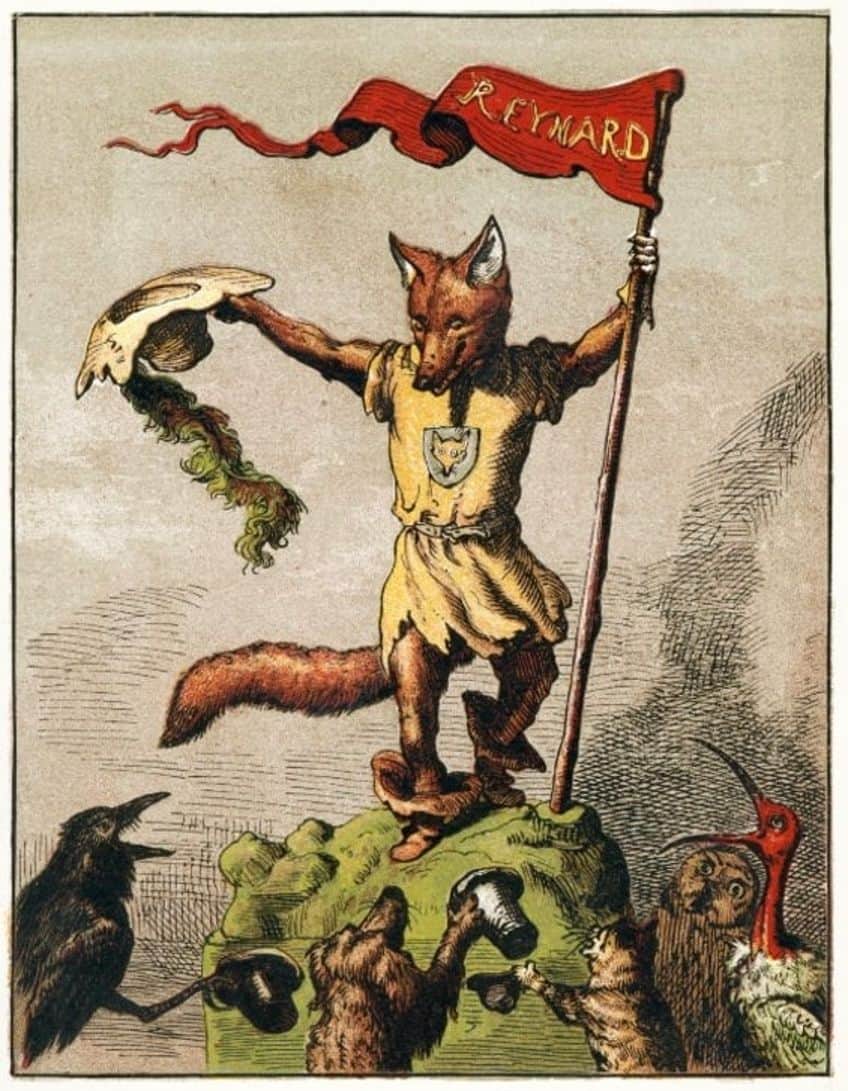
Miniature of the Annunciation (1406 – 1407) in Book of Hours Codex
| Artist Name | Master of the Brussels (Initials) and associates; a follower of the Luçon Master |
| Date | c. 1406 – 1407 |
| Origin | Paris, France |
| Medium | Ink/color on parchment; red leather with gold tooling |
| Style | Gothic |
| Language | Latin and French |
| Dimensions (cm) | 22.5 x 16 |
| Where It Is Housed | The British Library Digital Collections (Additional 29433) |
A traditional Medieval painting of the Annunciation was featured in the Book of Hours codex by various artists. Housed at the British Library, this text also features in the center of the holy scene, a cat and dog who are either playing or about to fight. The gray house cat stands up ready to strike the dog with its claws and is a funny scene to include amid such a serious biblical scene.
The colorful painting is also quite playful in itself, which sheds light on the character of the artist.
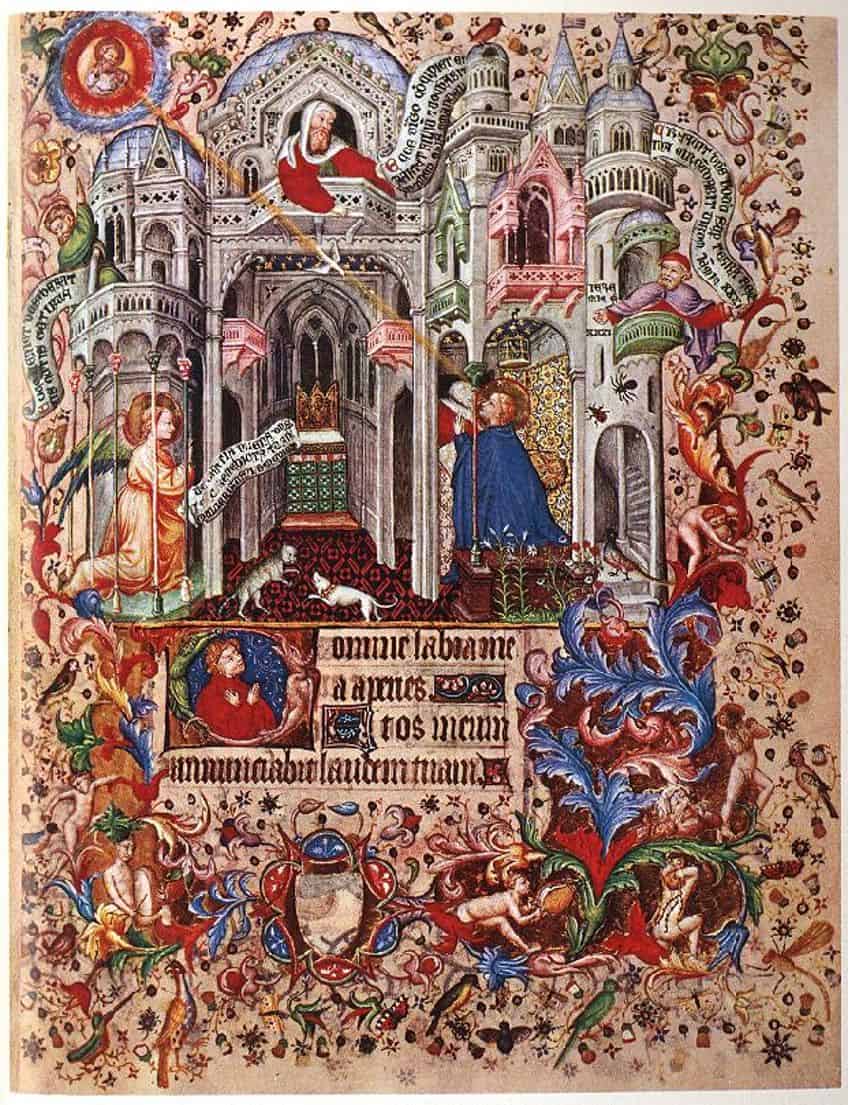
Miniature Cat and Mouse (c. 1440) from Herbal Codex
| Artist Name | Unknown |
| Date | c. 1440 |
| Medium | Ink/color on parchment |
| Origin | Italy |
| Style | Gothic |
| Dimensions (cm) | 36 x 25.5 |
| Where It Is Housed | The British Library Digital Collections (Sloane 4016) |
This miniature Medieval cat painting features an age-old tale of a cat sneaking up behind its prey, the rat, and featured in an Italian tract called Herbal, which was produced in the 15th century. The text most likely included the scene as part of the author’s advice for keeping rodents away from vegetation and plants. Cats have for centuries been excellent guards in the field!
Animals (1486 – 1506) in Book of Hours Codex
| Artist | Master of the David Scenes of the Grimani Breviary (b./d. unavailable) |
| Date | c. 1486 – 1506 |
| Medium | Ink/color on parchment |
| Origin | Bruges, Netherlands |
| Style | Gothic |
| Dimensions (cm) | 11 x 8 |
| Where It Is Housed | The British Library Digital Collections (Additional 18852) |
Decorated alphabets and initials were the trend of the Medieval scribe and featured incredibly creative miniature paintings of animals, including the odd-looking cat here and there. This small Medieval painting shows a trio of animals enclosed in an “O” (Sancte iacobe) and appears almost cult-like. One of the animals dons a miter (worn by a bishop) and another holds a crozier. The cat features in the center of the trio bearing a shocked expression that makes the little animal look as though it has just been electrocuted.
What stands out is the feline’s spiky fur and paws that face the viewer – funny enough not in a very cute way but unusually intriguing.
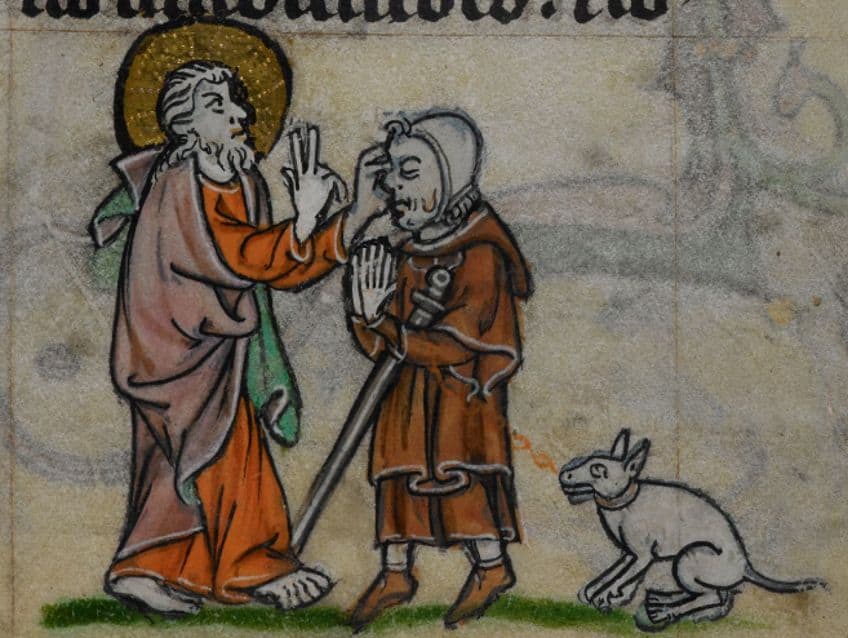
Adam and Eve (1504) by Albrecht Dürer
| Artist Name | Albrecht Dürer |
| Date | 1504 |
| Medium | Engraving |
| Dimensions (cm) | 25.1 x 20 |
| Where It Is Housed | The Metropolitan Museum of Art, New York City, United States |
If you are a fan of Albrecht Dürer and the German artist’s art or just passionate about the biblical subject matter in art then you would already be familiar with Dürer’s print Adam and Eve. This engraving not only showcases the masterful hand of one of the best printmakers of the 16th century, but it also includes in the very serious scene, a resting cat that appears just as unbothered as cats appear today, even in the middle of a scene as serious as the beginning of sin. The chubby content cat sits on the floor in the middle of Adam and Eve waiting patiently to strike its enemy, and brunch, the small rodent in front of Adam’s foot. In a way, the scene is a nod to the game of cat-and-mouse, which dates as far back as the beginning of sin.
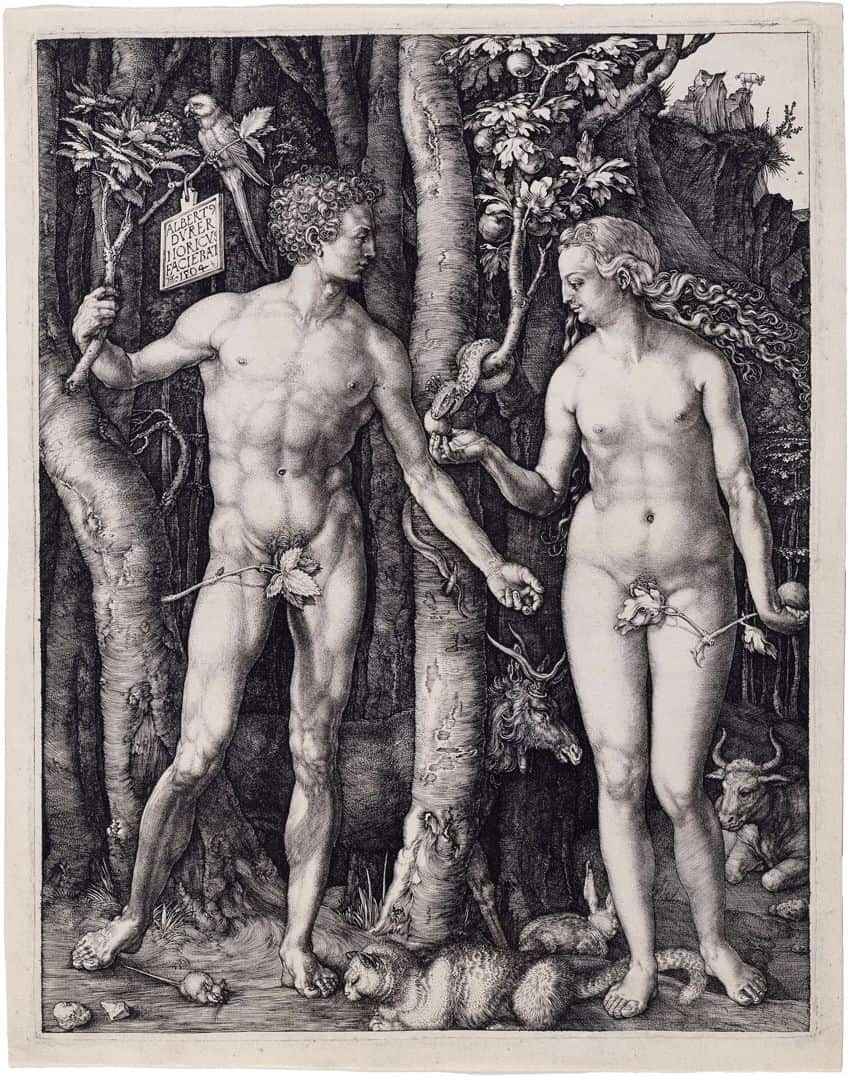
The Recanati Annunciation (c. 1534) by Lorenzo Lotto
| Artist Name | Lorenzo Lotto (c. 1480 – 1556/1557) |
| Date | c. 1534 |
| Medium | Oil on canvas |
| Dimensions (cm) | 166 x 114 |
| Where It Is Housed | Museo Civico Villa Colloredo Mels, Recanati, Italy |
The Recanati Annunciation is among the most well-known Renaissance paintings of cats. Italian High Renaissance painter Lorenzo Lotto was one of the first artists to depict the Medieval cat and was incredibly popular in Northern Italy. Lotto was known to be an eccentric character and despite not attaining as much fame in Venice as others would have hoped, he did include equally eccentric feline creatures in his artwork. The Recanati Annunciation depicts the religious scene of the Annunciation with the biblical figure Mary who gazes directly at the viewer. Smack in the middle of the scene is a small cat seen pouncing across the room. The cat shares in the reaction of Mary who appears frightened by the sudden appearance of the angel in her room.
What makes the cat’s expression so hilarious is the fact that its eyes bear the very human expression of “what on earth just happened?!” and “where did this person just come from?!”. Lotto certainly nailed the expression on the cat’s face.
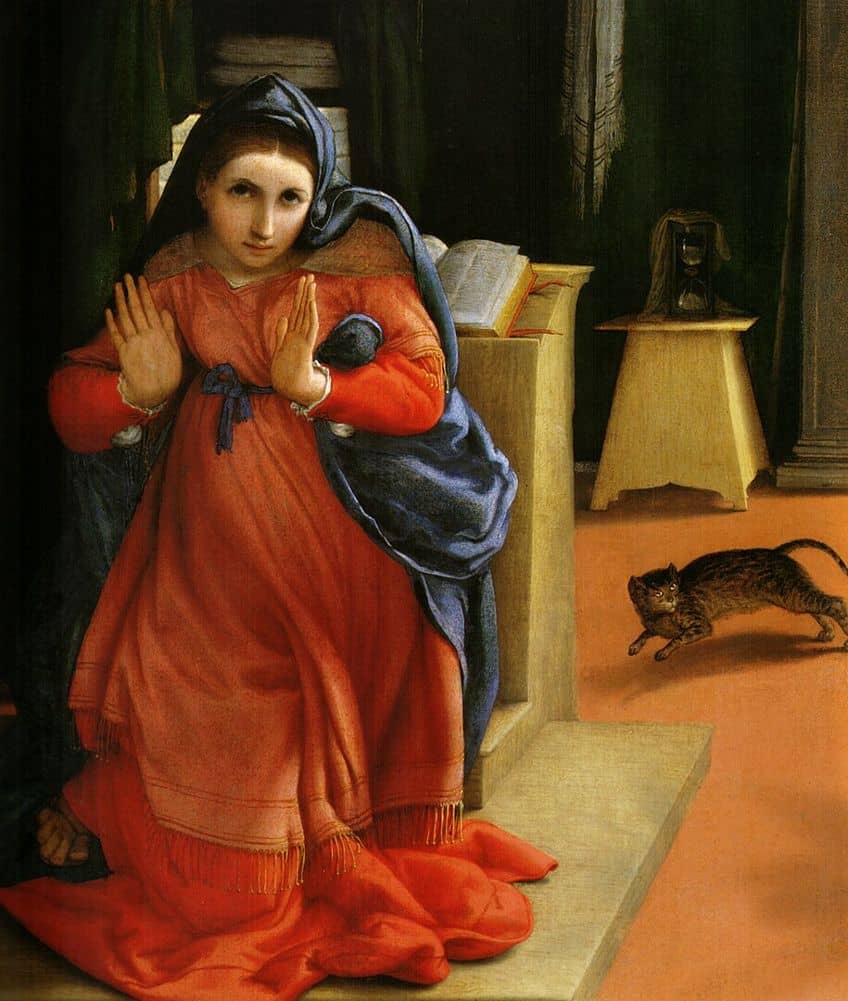
Two Children Teasing a Cat (c. 16th Century) Annibale Carracci
| Artist Name | Annibale Carracci (c. 1560 – 1609) |
| Date | c. 16th Century |
| Medium | Oil on canvas |
| Dimensions (cm) | 66 x 88.9 |
| Where It Is Housed | The Metropolitan Museum of Art, New York City, United States |
Two Children Teasing a Cat is one of the most famous Renaissance cat paintings that play on the viewer’s anticipation by presenting a scenario familiar to all. In the painting, the children appear to tease the cat, whose face speaks volumes. The painting was created by Annibale Carracci who was a famous Italian painter and instructor from the 16th century. Carracci’s medieval feline is painted with an expression that almost anyone can recognize if they have ever attempted to tease an unhappy cat.
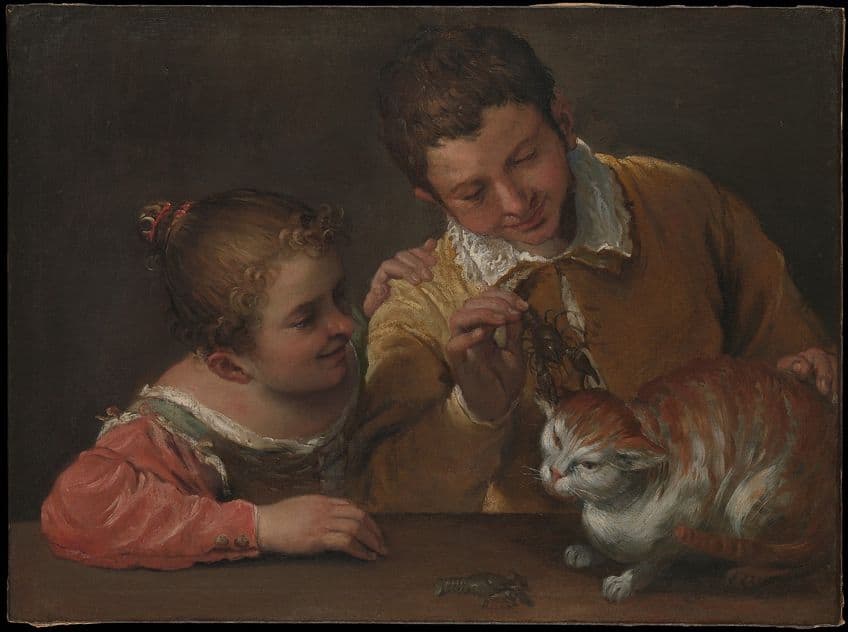
Although the furry felines of the High Renaissance and post-16th century seem to dominate art history, one would be wise to acknowledge the impact that these Medieval furry friends have had on the development of how artists chose to represent their independent companions. Proto-Renaissance paintings of cats definitely provide enough insight into the role of Medieval cats in art history, as well as their role in Medieval literature and typography.
Frequently Asked Questions
Why Are Renaissance Paintings of Cats So Humorous?
Renaissance paintings of cats are often humorous for the way that Medieval artists and illustrators have drawn their furry subjects. Most Medieval and proto-Renaissance cat paintings and illustrations were often linear, and did not emphasize the realistic rendering of animals. Most Medieval paintings were often accompanied by texts or served as decorative objects. Proto-Renaissance paintings of cats are often criticized for their lack of accuracy and unusual expressions.
Why Did People Paint Cats in the Medieval Period?
People chose to paint cats since they were a necessary part of the household, and were thus featured in many artworks and literature during the Medieval period. Cats were also excellent at hunting mice and small prey, which was essential for crops to survive and for people to control pests and infestations in Medieval Europe. Cats were also simply great companions for those who lived solitary lives.
Why Are Cats Included in Religious Medieval Paintings?
Cats were included in many Medieval paintings with religious subject matter due to the symbolism of the cat and the function that they served, as not only pets and pest-control helpers, but also as symbols of luck and superstition.
Isabella studied at the University of Cape Town in South Africa and graduated with a Bachelor of Arts majoring in English Literature & Language and Psychology. Throughout her undergraduate years, she took Art History as an additional subject and absolutely loved it. Building on from her art history knowledge that began in high school, art has always been a particular area of fascination for her. From learning about artworks previously unknown to her, or sharpening her existing understanding of specific works, the ability to continue learning within this interesting sphere excites her greatly.
Her focal points of interest in art history encompass profiling specific artists and art movements, as it is these areas where she is able to really dig deep into the rich narrative of the art world. Additionally, she particularly enjoys exploring the different artistic styles of the 20th century, as well as the important impact that female artists have had on the development of art history.
Learn more about Isabella Meyer and the Art in Context Team.
Cite this Article
Isabella, Meyer, “Medieval Cat Paintings – Famous Renaissance Cat Paintings.” Art in Context. May 30, 2023. URL: https://artincontext.org/medieval-cat-paintings/
Meyer, I. (2023, 30 May). Medieval Cat Paintings – Famous Renaissance Cat Paintings. Art in Context. https://artincontext.org/medieval-cat-paintings/
Meyer, Isabella. “Medieval Cat Paintings – Famous Renaissance Cat Paintings.” Art in Context, May 30, 2023. https://artincontext.org/medieval-cat-paintings/.


